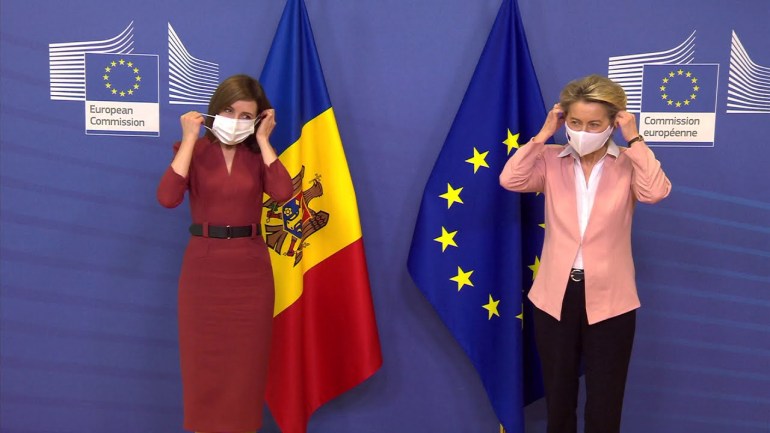
During the Cold War, the Arctic was a centre of Soviet-American tensions due to nuclear missiles at the North Pole. After the end of the Cold War and the fall of the Soviet bloc, pressures decreased, the geostrategic relevance disappeared, and an era characterised by cooperation and collaboration was ushered in[1]. For example, regional institutions such as the Arctic Council[2] or international agreements such as the Illusitat Declaration, UNCLOS or the Polar Code have produced a rather unusual and exceptional governance model.
However, the ice that has recovered most of the Arctic Ocean has been melting for years. On the one hand, this change offers attractive economic opportunities, opening new maritime routes and exploiting scarce resources. On the other hand, it is a significant environmental challenge, as the Arctic is home of very rich fauna and flora. The balance between economic and ecological opportunities is usually called “the Arctic Paradox”[3]. Because of the area’s growing economic and environmental issues, the Far North is getting more and more consideration from international actors. In this way, climate change and the new socio-economic opportunities it offers to the region increased tensions over the control of territory, the passage of goods and access to further resources. One small example was when, in the summer of 2007, the Arctic region hit global headlines with a blurry picture of a Russian titanium flag planted more than 4,000 m beneath the North
For the Entire Paper
______________________________
[1] Mikkola, H (2019). The Geostrategic Arctic. Hard Security in the High North, FIIA Briefing Paper
[2] The current Arctic model governance is centred on the Arctic Council, which is the main forum for Arctic cooperation and it is made up of the eight Arctic States: Denmark, Norway, Russia, Sweden, Finland, The United States, Canada, and Iceland.
[3] Schunz, S., De Botselier, B., López Piqueres, S. (2021), “The European Union’s Arctic policy discourse: green by omission”, IN: Environmental Politics, 30:4, pp. 579-599.



